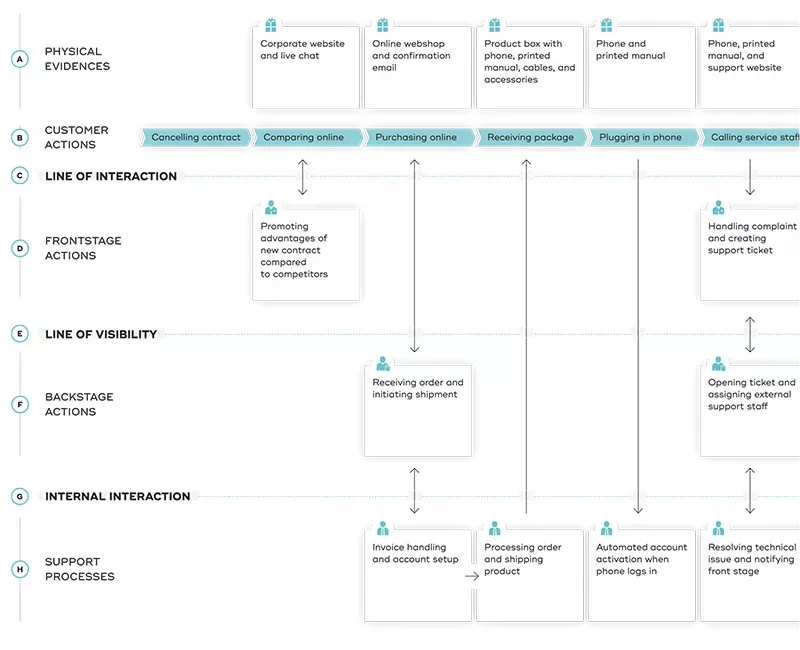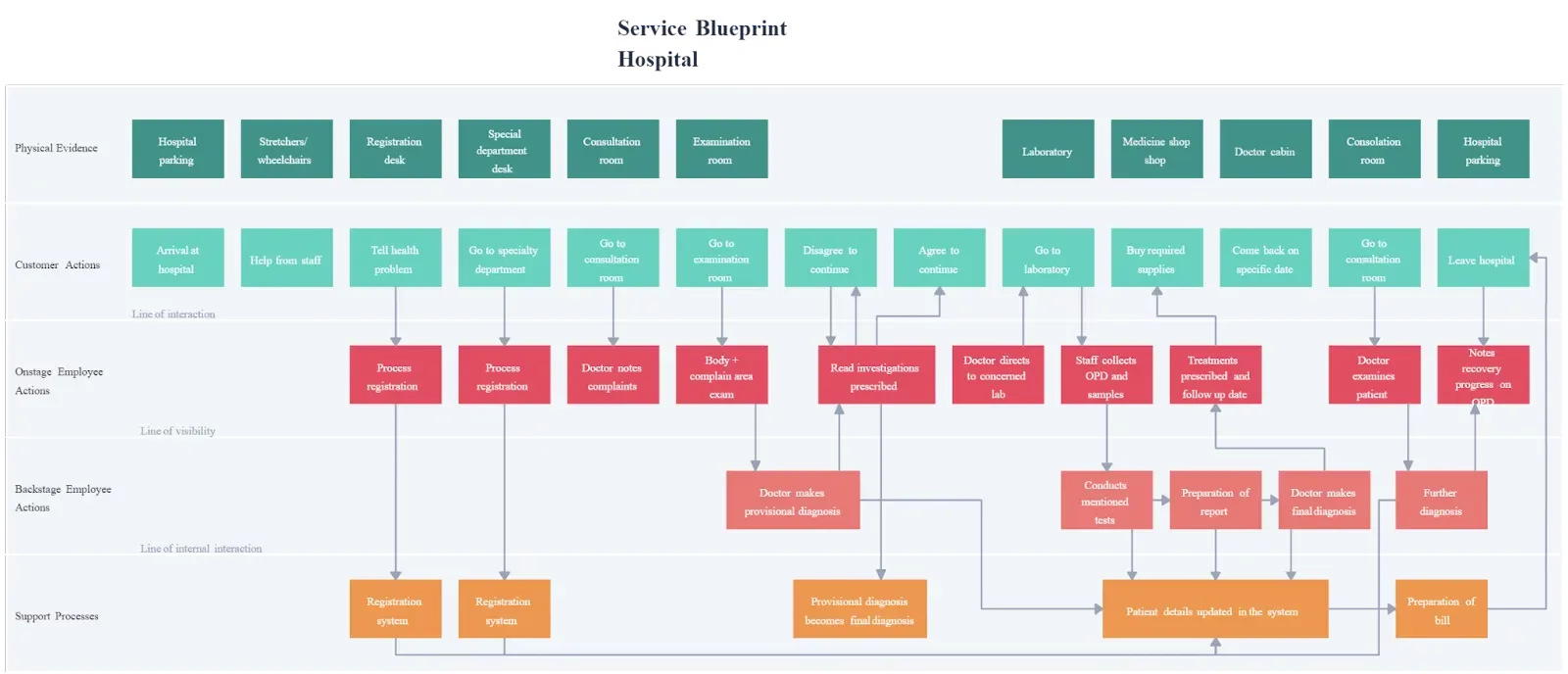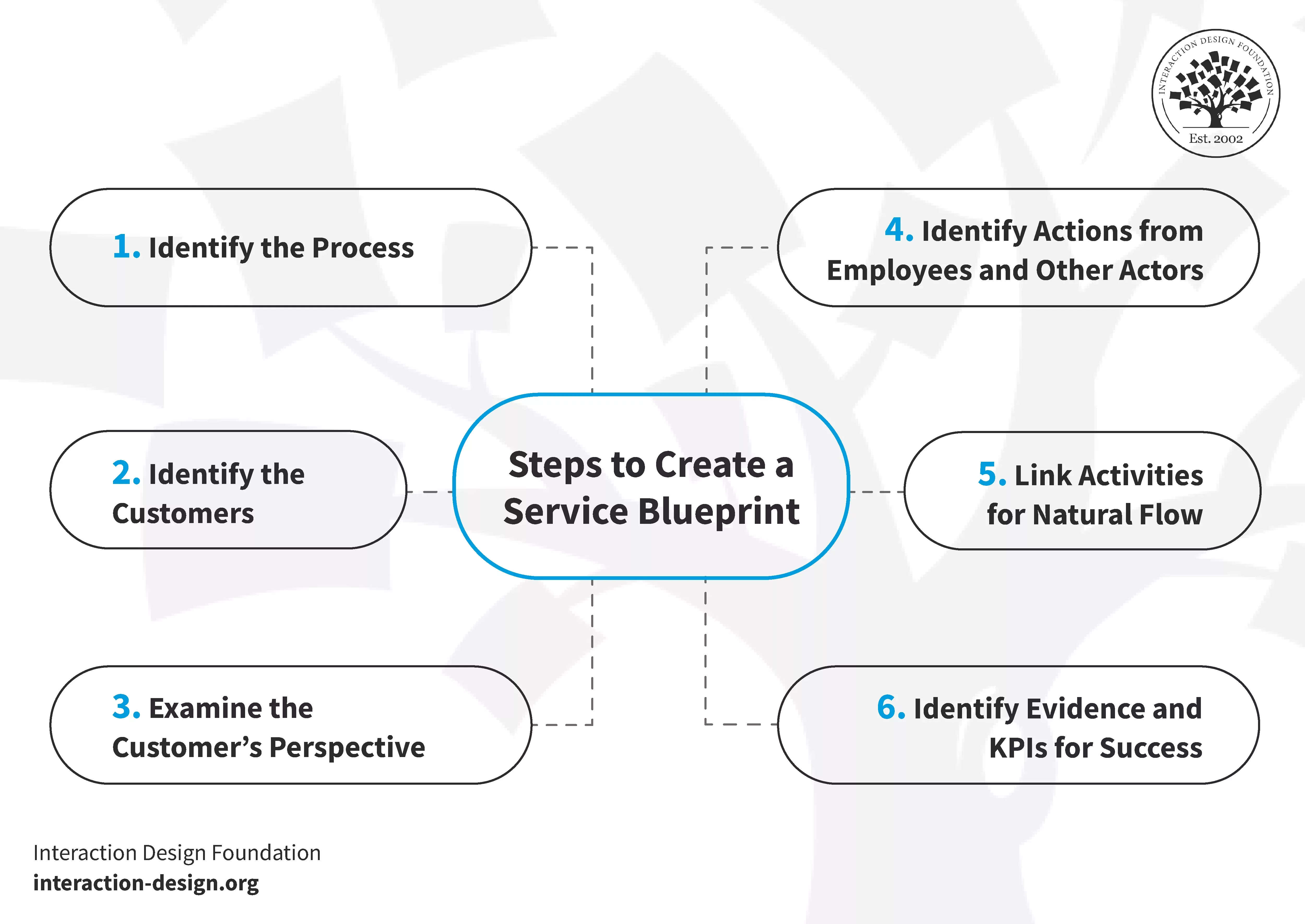How to create a Service Blueprint
A five step process for creating service blueprints.
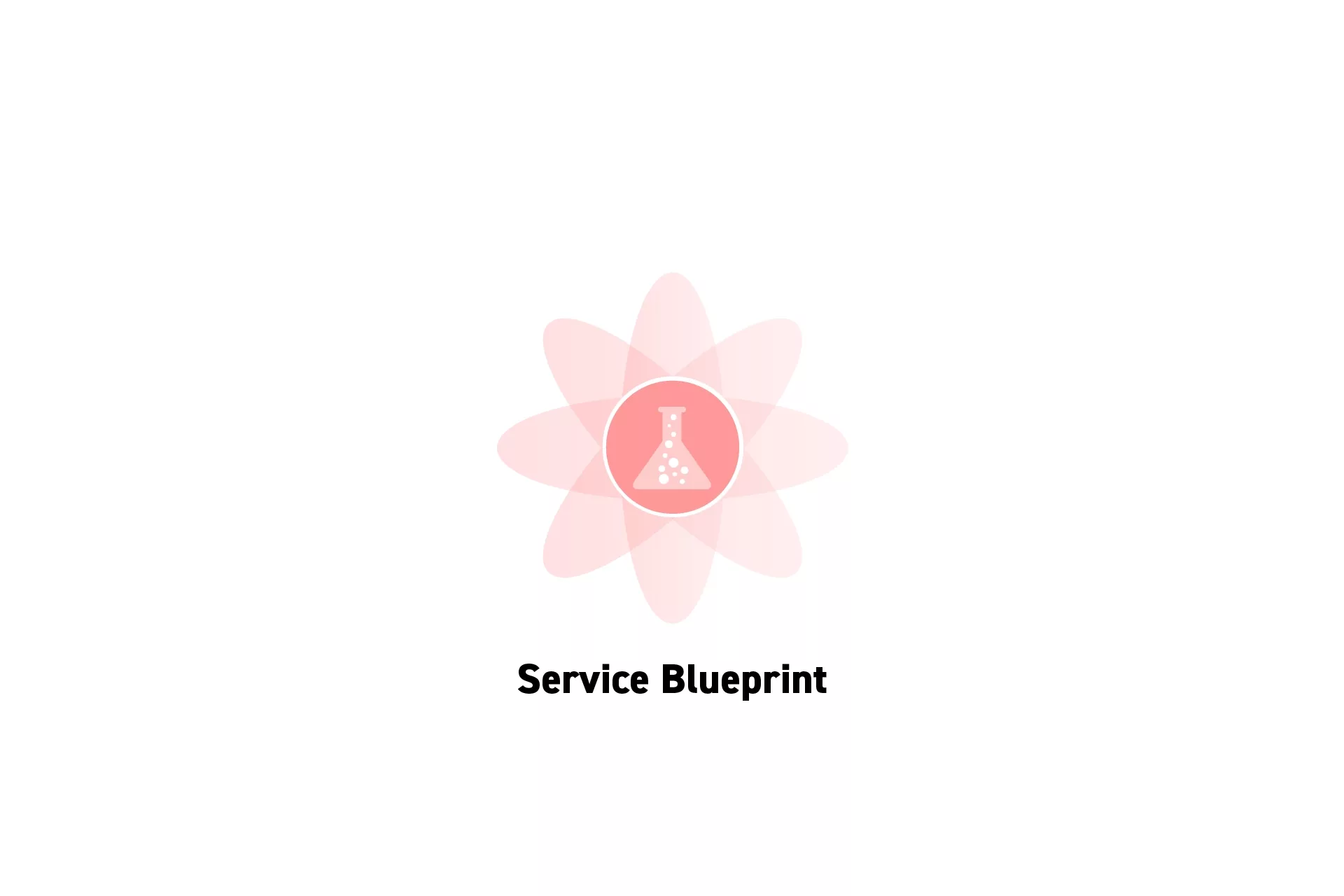
A five step process for creating service blueprints.
SubscribeService Blueprints expand on Customer Journey Maps (i.e. Journey Maps) and are visualizations that companies or individuals use to illustrate a holistic representation of their service that details all the relationships, components and processes that describe the service.
Examples of Service Blueprints
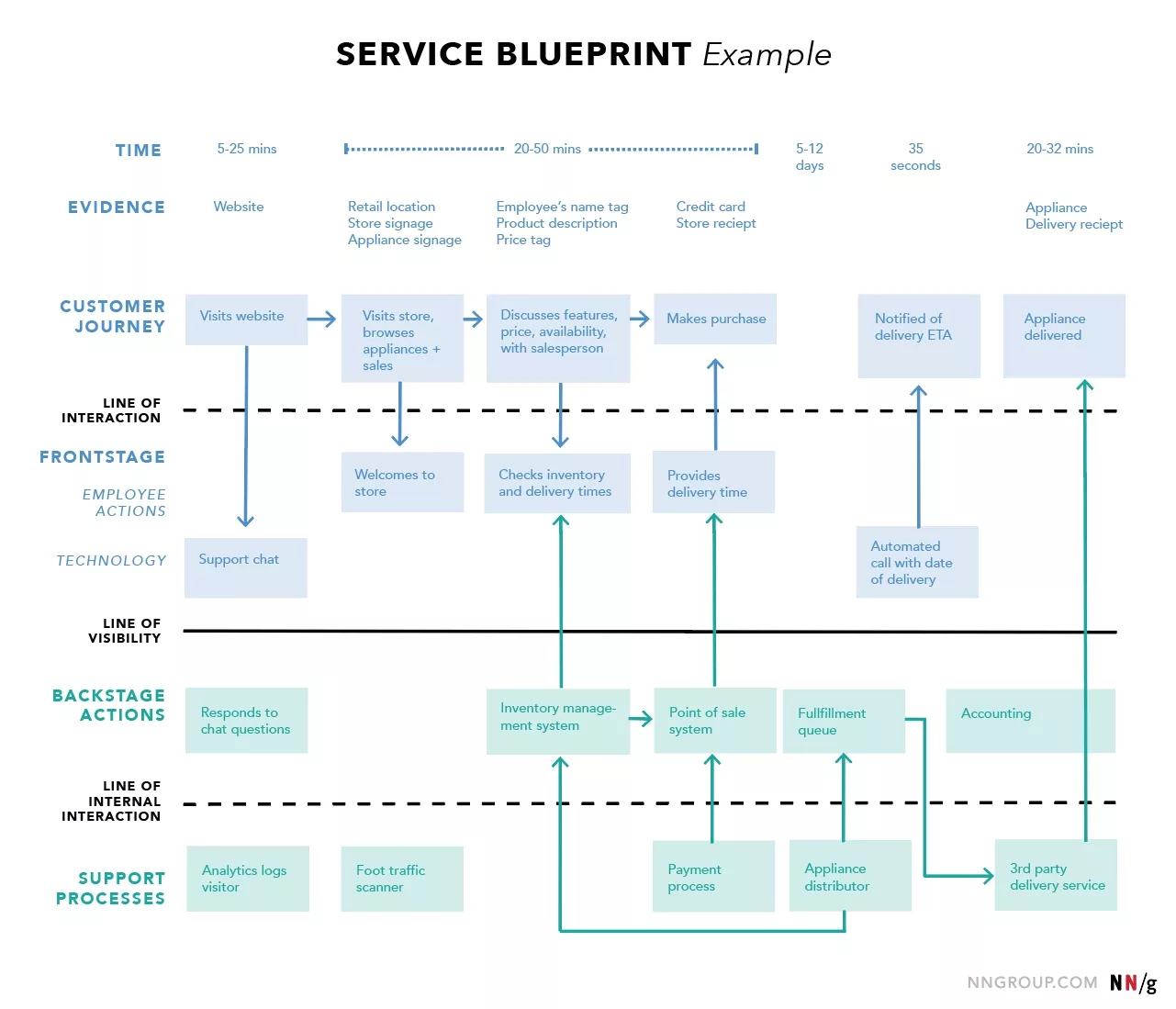
An example blueprint for an appliance retailer by the Nielsen Norman Group.
How to create a Service Blueprint
Our process goes deeper than that described by the Interaction Design Foundation which can be assessed using the link below.
Before starting we recommend that you familiarize yourself with the structure of a service blueprint.
Step One: Write a Hypothesis
In order to create a service blueprint, you must create a service. This begins by defining the problem that you are trying to solve or the idea that you want to validate.
Please note that this hypothesis could relate to an existing feature, product, service or experience and could pertain to an entirely new creation or an addition to an existing creation.
Step Two: Define the target audience
Service Blueprints are intended to help you gather an in-depth understanding of how a member of your target audience uses your service and the story that unravels around it.
In order to know who to map, you must define your target audience.
Step Three: Carry out the Research
Perform user research, desk research and carry out interviews.
Before you interview the individuals make sure to keep in mind that you will create personas for each of them and that you will map their journey into a shared structure to be able to draw common conclusions and insights that belong to the target audience when using your service.

An example blueprint for an appliance retailer by the Nielsen Norman Group.
When interviewing users its also important to keep track of all the key touchpoint that will be considered as part of your service blueprint (i.e. customer actions, frontstage actions, backstage actions and processes).
To remind yourself of what these are consult the link below.
Step Four: Create the Service Blueprint
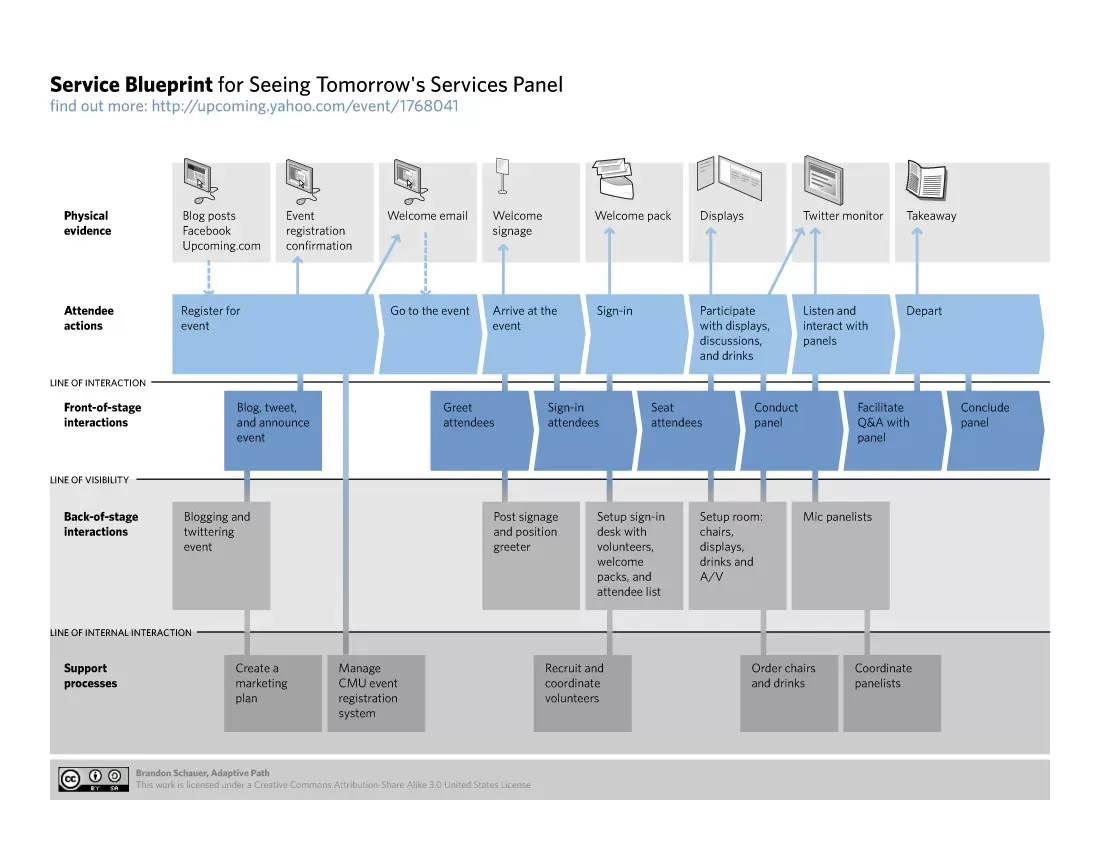
Using the research from Step Three, create personas, journey maps for each of the participants.
Then use these to create a service blueprint.
Step Five: Evaluate the Results
Use your journey map and service blueprint to create a SWOT Analysis (i.e. identify strengths, weaknesses, opportunities and threats) and brainstorm features, products, services or experiences to prototype and test that result in a return on investment by enhancing the life of your target audience.
Additionally, we recommend that you consult our Methods for Synthesizing User Research article linked below to learn about design thinking products that could come out of the research that you have conducted.
These products are created using popular design research methodologies which are intended to help you and your organization innovate effectively.
Always remember, the work is never done
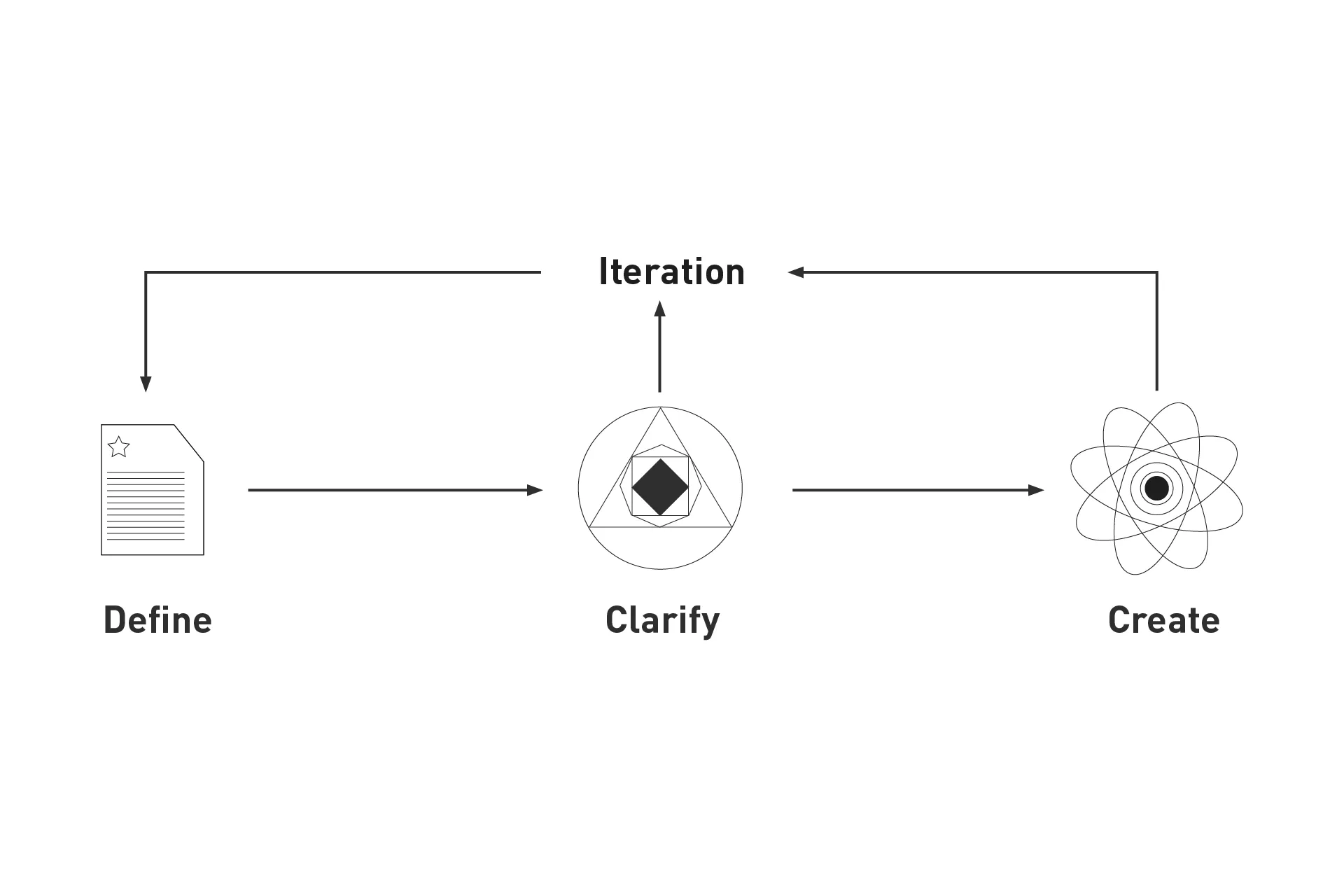
When creating a service blueprint, it is important to note that they are neither a start nor an end.
Service blueprints should serve as a means to learn more about your target audience, your service, what works and what does not and should ultimately help refine the hypothesis or service as you progress.
It is more than likely that if you transform your target audience's life that the service blueprint will change.
This is the result you're looking for and will likely mean that you will have to update the service blueprint to reflect new requirements when the time comes, with the vision of further enhancing the lives of your target audience.
Service blueprints are also capable of demonstrating that you should not pursue a feature or a product, service or experience - and that's OK.
Looking to learn more about Research and Strategy?
Search our blog to find educational content on research and strategy.
